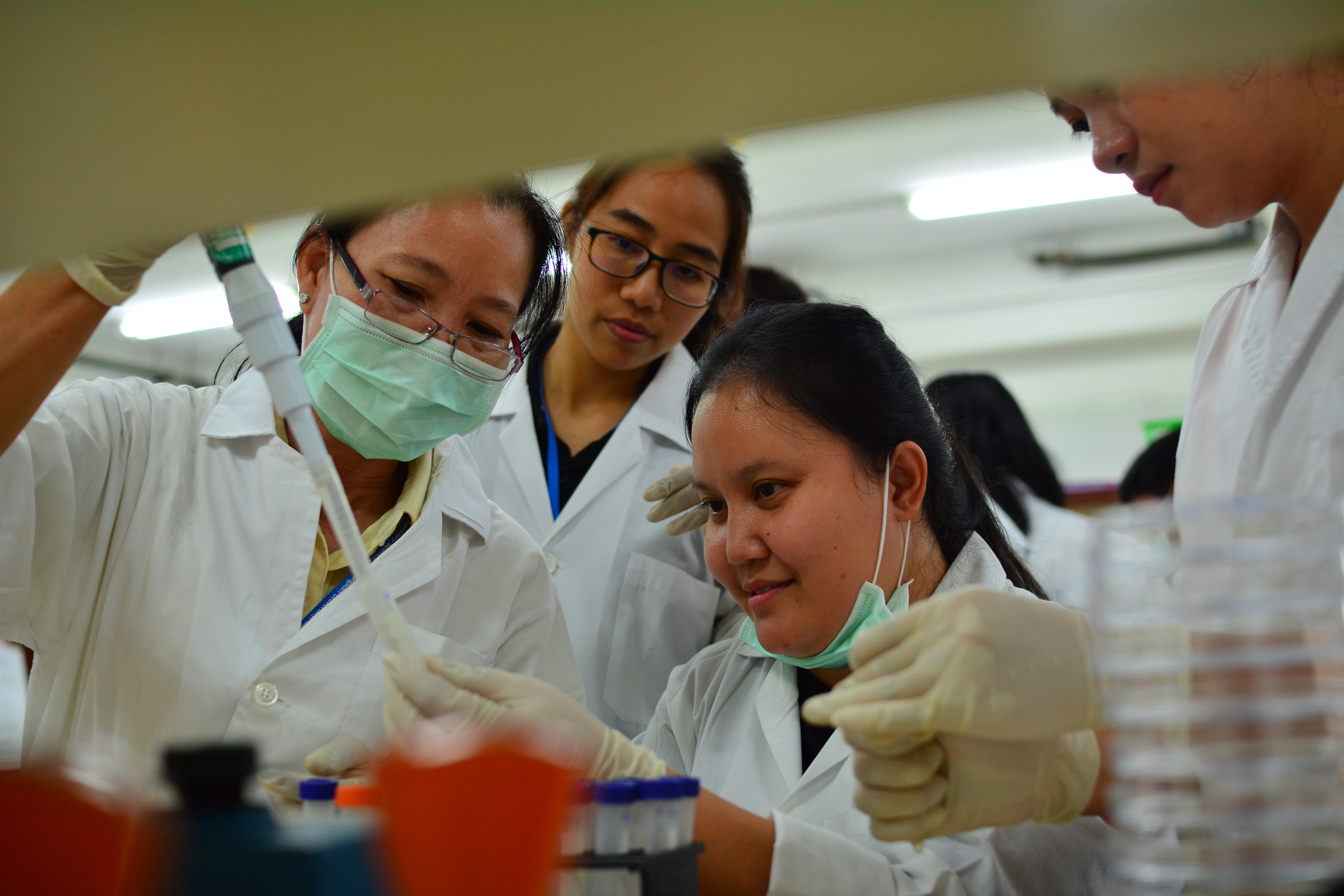Progress on antimicrobial resistance monitoring
21/12/2022 , Bangkok

©FAO/Domingo Caro III
The threat of antimicrobial resistance (AMR) continues to grow and is a concerning One Health issue. The 2022 Lancet report reveals that AMR has become a leading cause of death worldwide and that Asia and the Pacific is the most impacted region in the world with over 643 thousand human deaths attributed to bacterial AMR in 2019. Over the years, FAO has been working with One Health partners to combat the threat of AMR, with the goal of reducing the emergence and spread of AMR in livestock and aquaculture while preserving antimicrobial efficacy and sustaining productivity.
In 2022, FAO’s intervention continues to concentrate on transforming AMR monitoring in animals in the region. FAO has achieved this by developing regional tools and initiatives to address unmet needs and capacity gaps around AMR data generation, management, analysis and interpretation.
FAO has innovatively expanded its AMR training reach with the development of the first virtual learning course on AMR monitoring and surveillance in healthy food animals in collaboration with Chulalongkorn University. To support harmonization of the monitoring and surveillance of AMR, FAO has developed regionally-customized broth microdilution plates for E. coli, Salmonella, Campylobacter spp., Enterococcus spp. and Gram-negative bacteria from aquatic animals which have become commercially available for countries in the region.
FAO has also updated the Regional AMR data management templates, to further align with the new CODEX guidelines and reflect the developments in the International FAO Antimicrobial Resistance Monitoring (InFARM). FAO further advanced in its coordination of the first regional AMR data collection and analysis for the animal sector in Southeast Asia. A regional report on the blinded analysis of AMR data from eight countries, as well as individual national reports for participating countries, have been prepared for transmission. While this demonstrates the proof of concept for a regional approach to a collective AMR data analysis, the initiative also further identified the major gaps in AMR data analysis that will need to be addressed in the coming years.
